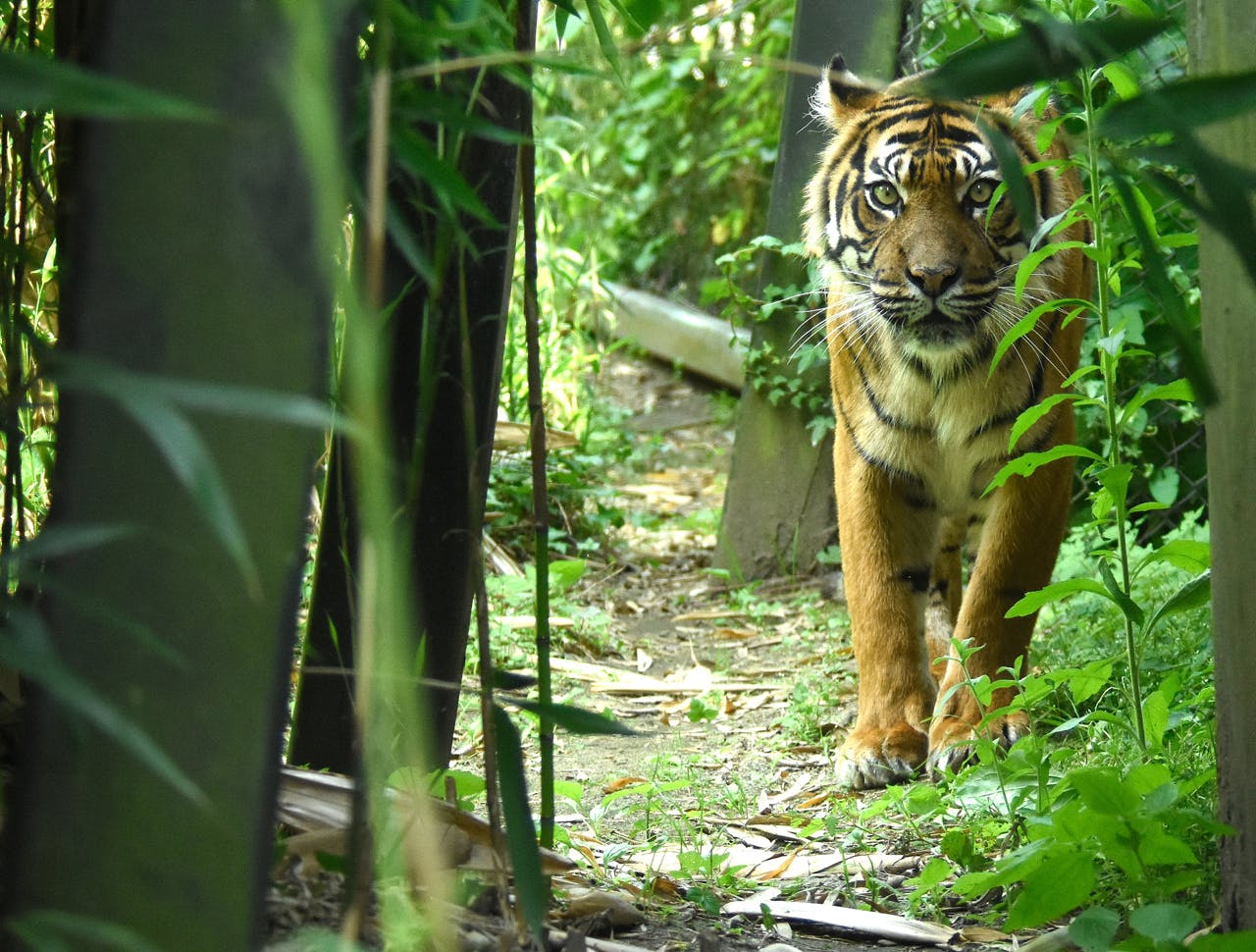

Thursday, 5 September, all signals were green for the introduction of the two new tigers (Geram and Nonja). Tiger Nonja showed clear signs of being in heat. Usually, a good time to introduce the male and female to each other. However, introductions in big cats often do not go smoothly. This time was no exception. The introduction ended in a fight. A day later it was found that tigerNonja had died from the injuries she sustained.
In the morning, the caretakers found the nine-year-old female lifeless in her enclosure. Besides a few superficial injuries, further examination revealed the tiger had a hole in her skull. Most likely caused by the male’s canine tooth. However, the injury was not immediately visible due to her fur. When the introduction descended into a fight on Thursday, the caretakers did everything to separate the two animals. They finally succeeded, but by then the damage had already been done. The female was taken to the Faculty of Veterinary Medicine in Utrecht for an autopsy to determine the exact cause of death.

The grief in Rotterdam Zoo is huge. Not least because a successful introduction of the Asiatic lions took place just last year. Nevertheless, the introduction of big cats is never without danger. Especially for solitary animals like the Sumatran tiger. Therefore, the timing is always very careful and a lot of preparations are made. For instance, the animals were previously swapped enclosures to get used to each other’s scent. This time, they also waited until the female was in heat and receptive to the five-year-old male Geram. Unfortunately, this did not help in this case, and the male immediately showed his dominance.

The blow is not only significant for Rotterdam Zoo, but also for the species. Only 350 of these tigers remain in the wild. Zoos worldwide are doing everything to preserve this majestic animal for future generations and to build a healthy (reserve) population. The Rotterdam zoo will discuss the future of breeding Sumatran tigers at Rotterdam Zoo with the studbook keeper of this species.